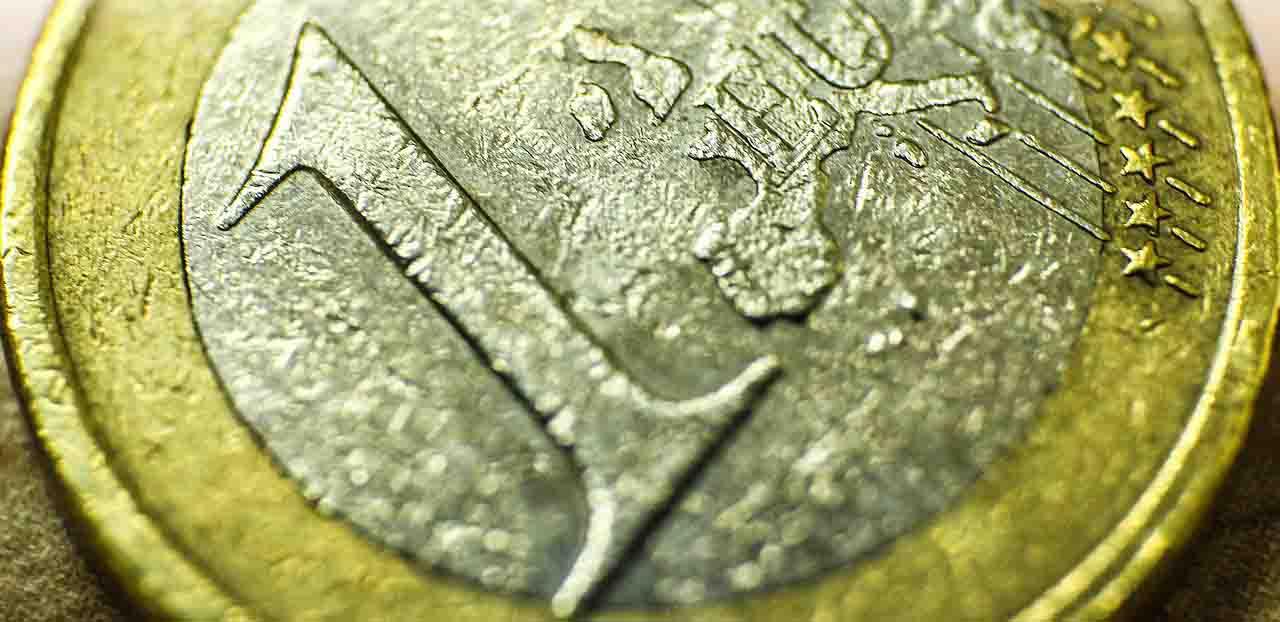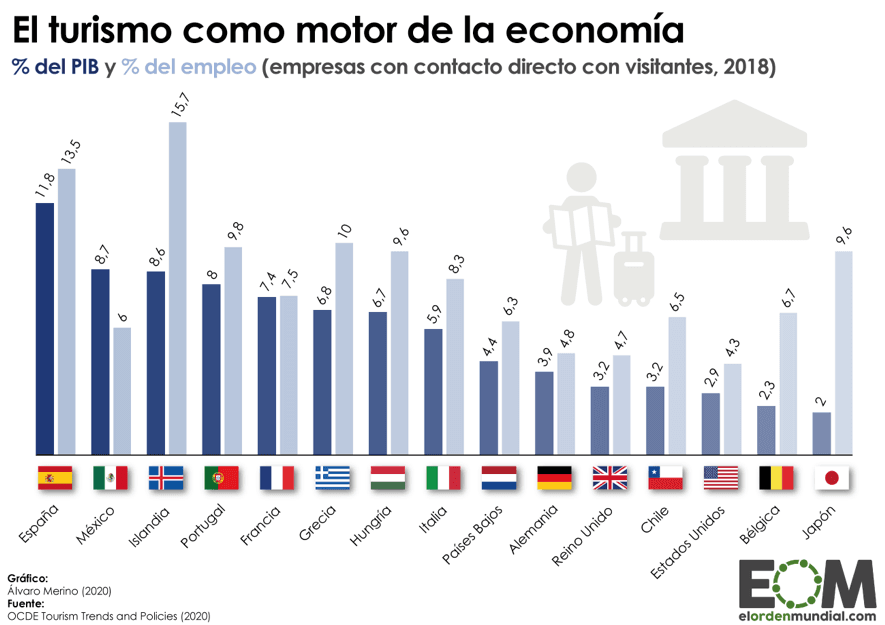Saint Rita, Saint Rita, let our economy not belittle
28 Diciembre - 2021
Xavier Brun , Director of the Master in Finance and Banking
In English there is a word that is used many times. This is Moonshot that was used for the first time in 1949 when the United States firmly raised to launch a man to the moon. They knew the effort to achieve it was titanic, but the reward was enormous.
In Spain we have the antithesis to Moonshot, which is "Santa Rita, Santa Rita, que me quede como estoy" ( let me stay as I am). One of the popular phrases that can be applied, perfectly, to the Spanish economy.
The Spanish economic pillars have been adapting to the new world economic reality at the same speed as the tectonic plates: a few centimeters a year
The Spanish economic pillars have been adapting to the new world economic reality at the same speed as the tectonic plates: a few centimeters a year, or what is the same, one kilometer every 250 years. This speed is what allows us to understand why it is difficult for our ailing economy to grow.
Let's take a look at the three pillars on which our economy is built.
- Tourism : Spain is the OECD country with the highest weight of tourism in its GDP, 12%, which compares with 9% in Mexico, 6-7% in France, Greece or Italy and 4% in the United States. The average tourist in Spain stays for 7 days and spends about 1,000 euros in total. This should be the place where all European retirees would like to come, collecting pensions from their countries and spending them in ours.

- Automotive : according to the employer's association, Anfac, the direct and indirect weight of the automotive sector amounts to 10% of the Spanish GDP, plants such as those of Martorell (Seat), Pamplona (Volkswagen), Vigo and Zaragoza (Stellantis), Valladolid (Renault), or València (Ford) are clear examples that in the 60s and 70s installing a plant in Spain was attractive because labor was cheap. But not now, since 1979 accumulated inflation in Germany has been 238% while here it has been 506%. In other words, wages have doubled in Spain. So it is no longer attractive to invest here.
- Real Estate: another sector that represents 10% of Spanish GDP, 2% more than it weighed when the real estate crisis broke out in 2008.
For this reason, Spanish GDP was the worst hit in 2020 with a drop of 10.8%, compared to -8.9% in Italy, -7.6% in Portugal or -4.5% from Germany.
But now this is not important, but the global supply problem. Something similar to what happened in Spain with the automotive industry in the 60s and 70s, the world has done. It has put its factories in the countries with the lowest cost of labor, China, Vietnam, Bangladesh, etc. And of course, with ports closed, boats stuck and impatient customers, shipping rates have increased tenfold this year. Lesson learned, companies have said, so they are already thinking about moving part of the production and logistics to places closer to the consumers.
In today's globalized world, it is not the big fish that is eaten by the small, but is the fastest that eats the slow
And this is where we come in. Close your eyes for a moment and visualize a world map. Now open them and say where we are. Yes, indeed, in the center of the world and as much as the tectonic plates move us, we will be here for a long time. Then why are we not the logistics center of the world? Or at least of Europe. Why do ships that come from Asia cross the Suez Canal, but do not dock in Barcelona, València, Algeciras or Bilbao, but do so in Rotterdam? Well, because Santa Rita, Santa Rita, que me quede como estoy, if the other pillars work why invest in another.
This is just one example, but we could think of others like the energetic one. Spain has more than 2,500 hours of sun light a year, which compares with 1,600 in Germany. So, with the efficiency of current electric power transmission cables (HVDC) in which the loss per 1,000km is 3% vs 10% of the less efficient cables (HVAC), it allows us to produce electricity in Spain and transport it to Germany in a profitable way.
As long as we think about Santa Rita and not about shooting for the moon, we will understand why the growth of the Spanish GDP is so fragile.
And let's finish with another sentence, in a globalized world like the current one, it is not the big fish that eats the small, but is the fastest that eats the slow.
